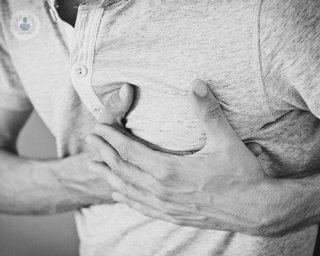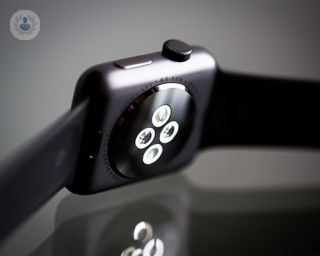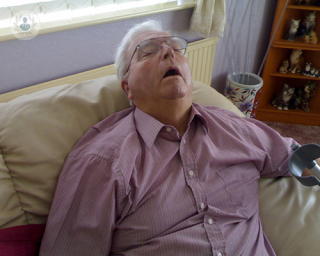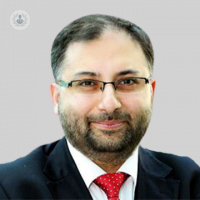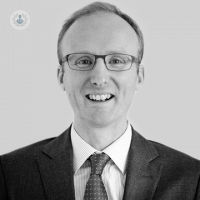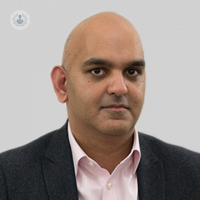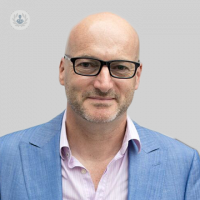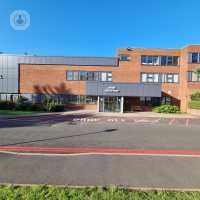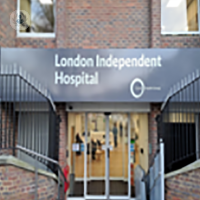Atrial Fibrillation
What is Atrial Fibrillation (AF)?
Atrial fibrillation is the most common heart rhythm disorder in the world. It is characterised by a rhythm disturbance that causes the heart to beat fast or irregularly. It affects around 4% of people over the age of 65. The atria, the upper chambers of the heart that control the rhythm, don’t function as they should and cause the heart rate to speed up, often much higher than the usual regular heart rate of between 60 and 100 beats per minute in an irregularly irregular manner. The pulse rate, as well as the blood pressure, can therefore vary immensely from one heartbeat to the next.
Atrial fibrillation can be divided into three categories:
- Paroxysmal atrial fibrillation: This is a short-lived episode of atrial fibrillation which can occur in between periods of normal heart rhythm (sinus rhythm). These episodes can last from a few seconds, up to 7 days, but usually spontaneously resolves before 48 hours. Patients with paroxysmal atrial fibrillation can often by highly symptomatic during the periods of atrial fibrillation which can lead to symptoms of intermittent palpitations, chest pain, and shortness of breath. Treatments here can range from medical therapy, with drugs that minimise the recurrence of atrial fibrillation, or with an ablation procedure.
- Persistent atrial fibrillation: Atrial fibrillation that lasts for more than 7 days and usually persists until something is done. Persistent atrial fibrillation usually needs to be treated either with a cardioversion or an ablation approach.
- Permanent atrial fibrillation: Atrial fibrillation that is permanent no matter what treatment is offered. Both physicians and patients will have to accept that the state of atrial fibrillation is permanent, and that the major treatment options here are to control the heart rate of patients in atrial fibrillation, with medications.
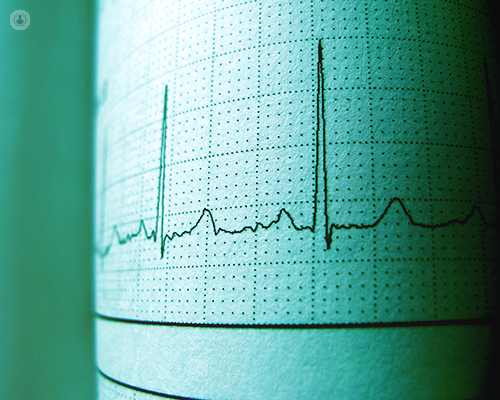
What are the symptoms?
Atrial fibrillation can affect people occasionally, experiencing symptoms for a few minutes, before they cease, or they can be persistent where the symptoms don’t stop until there is medical intervention.
The most common symptoms experienced are:
- heart racing or beating irregularly, known as palpitations
- feeling weak or lightheaded
- dizziness
- fatigue
- shortness of breath
- pain in the chest
Atrial fibrillation carries some risks for the patient. Due to the irregularity of the heartbeat, blood can pool and form a clot within the heart, particularly in the left atrial chamber. If the clot breaks away, it can travel around the blood system and cause a blockage within the smaller blood vessels, particularly in the brain. This may increase your risk of a stroke.
Atrial fibrillation can also lead to heart failure, as the heart’s muscles may become weakened, especially if the heart of patients in atrial fibrillation remains elevated throughout the day and night.
How is it diagnosed?
Atrial fibrillation can be diagnosed with a heart examination and simple diagnostics. The main tests to diagnose atrial fibrillation are:
- Pulse check on clinical examination
- ECG
- Holter monitor
- Echocardiogram (to look for underlying structural heart disease which may cause atrial fibrillation)
What causes it?
Atrial fibrillation is mainly caused by cardiac disorders, such as:
- Valvular heart disease (both valve leakiness or narrowing)
- Myocardial infarction (heart attacks)
- Hypertension
Moreover, the following conditions can also lead to atrial fibrillation:
- Hyperthyroidism
- Type 2 diabetes
- Respiratory diseases, particularly obstructive sleep apnoea (OSA)
- Gastroesophageal reflux disease
- Obesity
- Smoking, alcohol and illegal drugs
- Excessive caffeine intake
Some patients can often identify triggers for atrial fibrillation, including stress, having excessive caffeine or alcohol, having large meals, feeling bloated, or during the recovery period following heavy exercise.
How can it be prevented?
You can help to prevent atrial fibrillation by leading a healthy lifestyle: maintaining a healthy weight, exercising regularly and quitting smoking, which will improve the cardiometabolic profile to minimise risk factors for atrial fibrillation including hypertension and diabetes.
How is it treated?
The condition is not life-threatening in the short term, but should be treated where possible to overcome the risks mentioned above.
Treatment usually involves one or more of the following:
- Medication to control the irregular heart rhythm
- Blood-thinning medication (anticoagulants) to reduce the risk of stroke. This acts to prevent the blood pooling and clotting in the heart’s chambers.
- Catheter ablation surgery which involves the placement of a catheter along the veins of the leg to the heart. The catheter then delivers either heat (radiofrequency ablation) or cold (cryoablation) to treat areas of the heart that are responsible for triggering the onset of a regular rhythm. Effectively, the ablation strategy helps to remove these triggers from being able to induce atrial fibrillation. Most of these triggers are situated within the pulmonary veins, and therefore, the procedure is termed a pulmonary vein isolation procedure.



